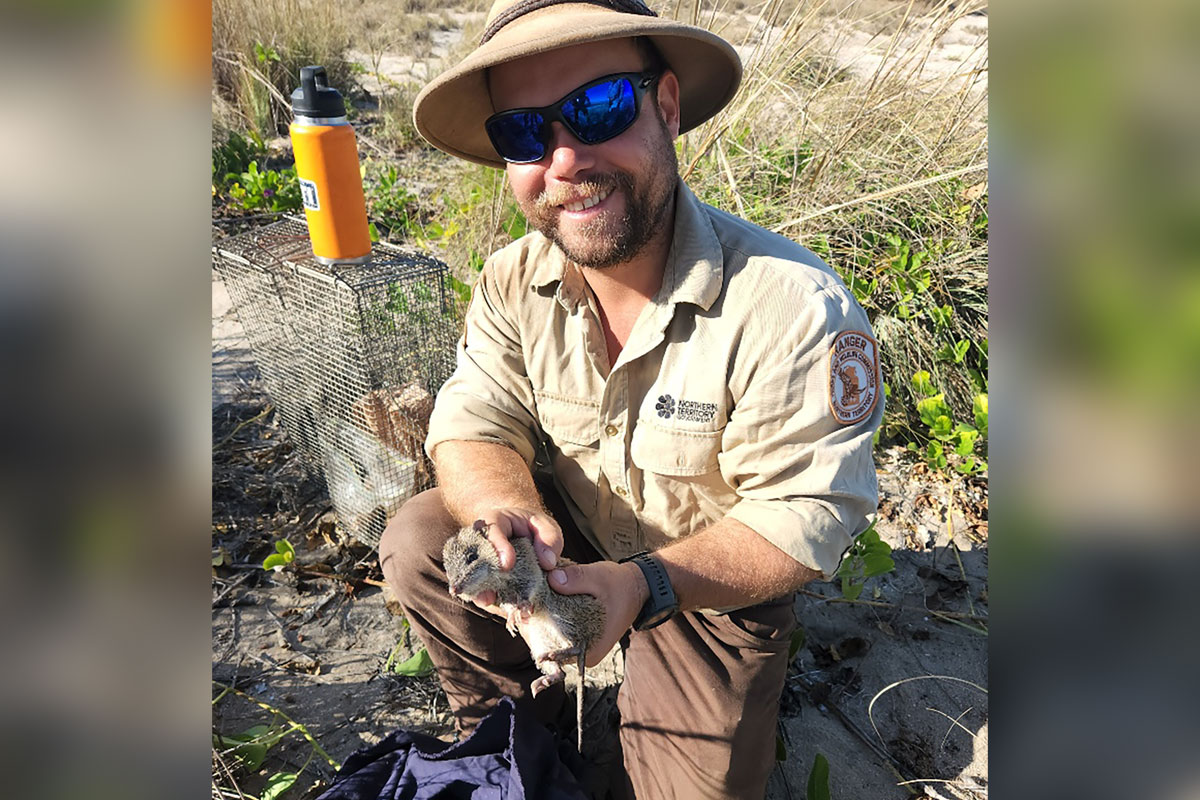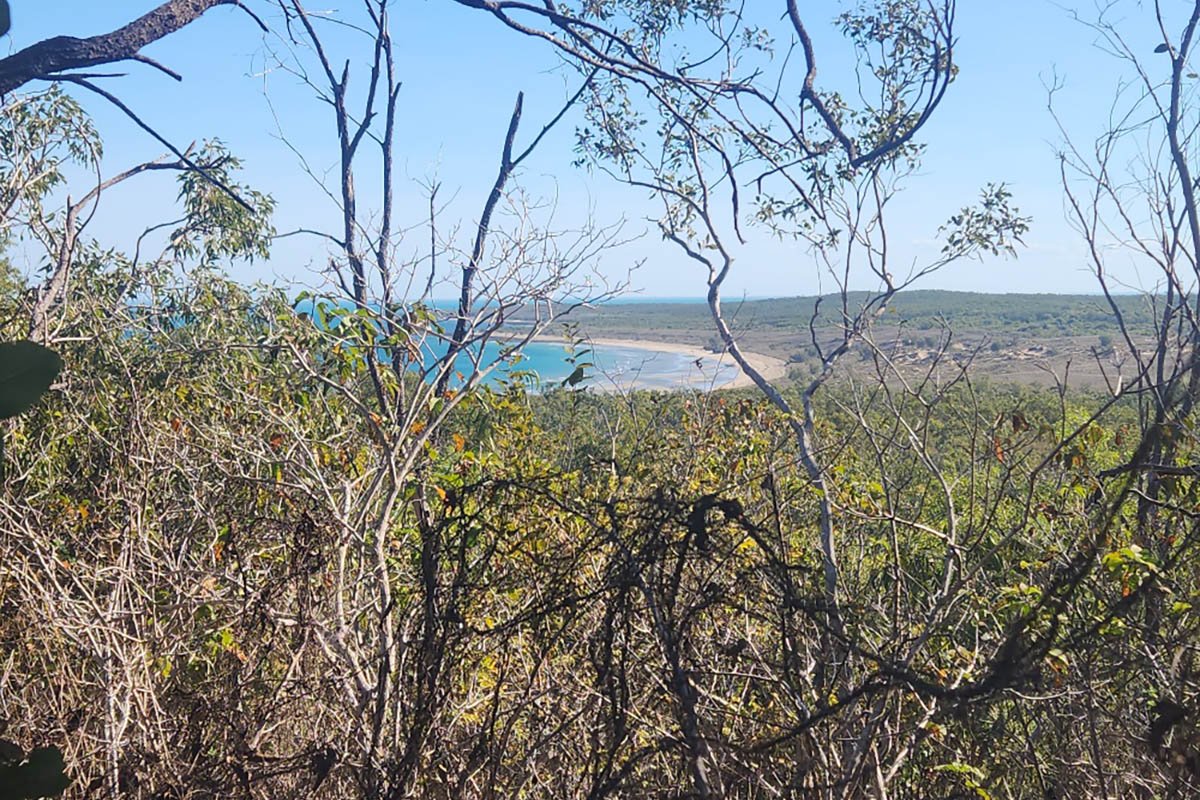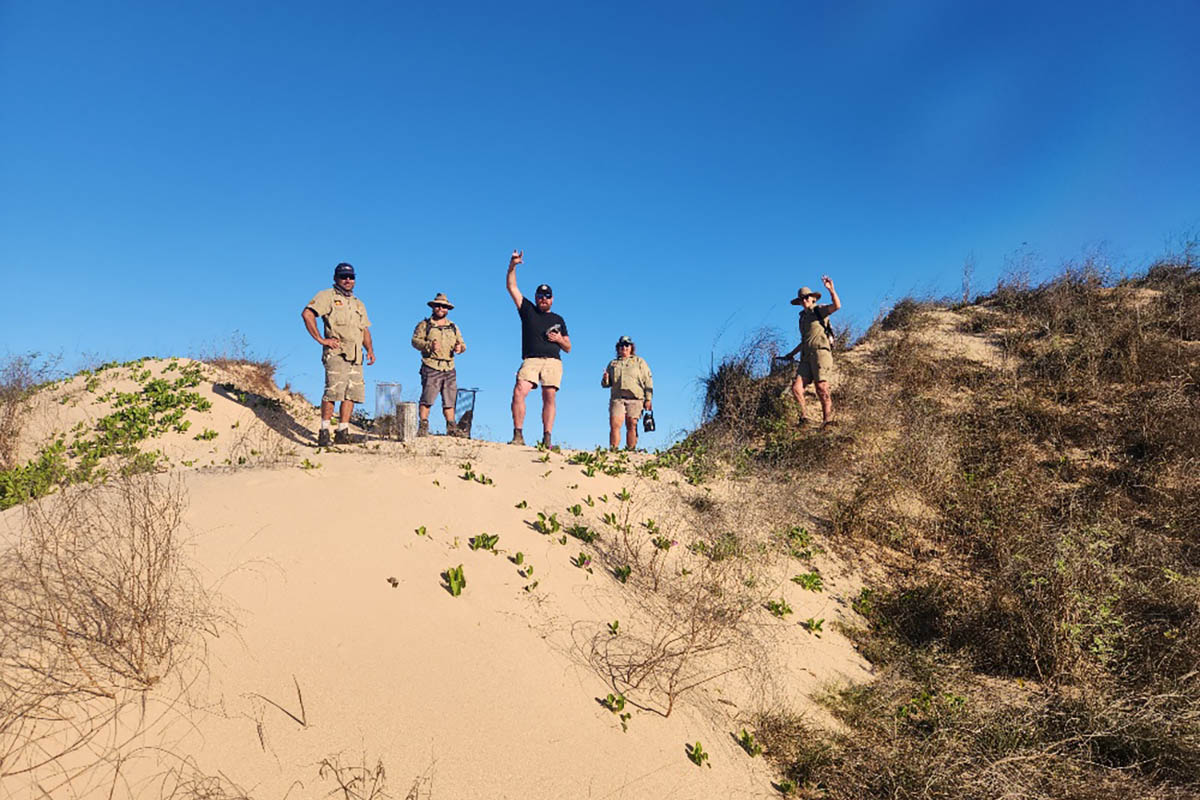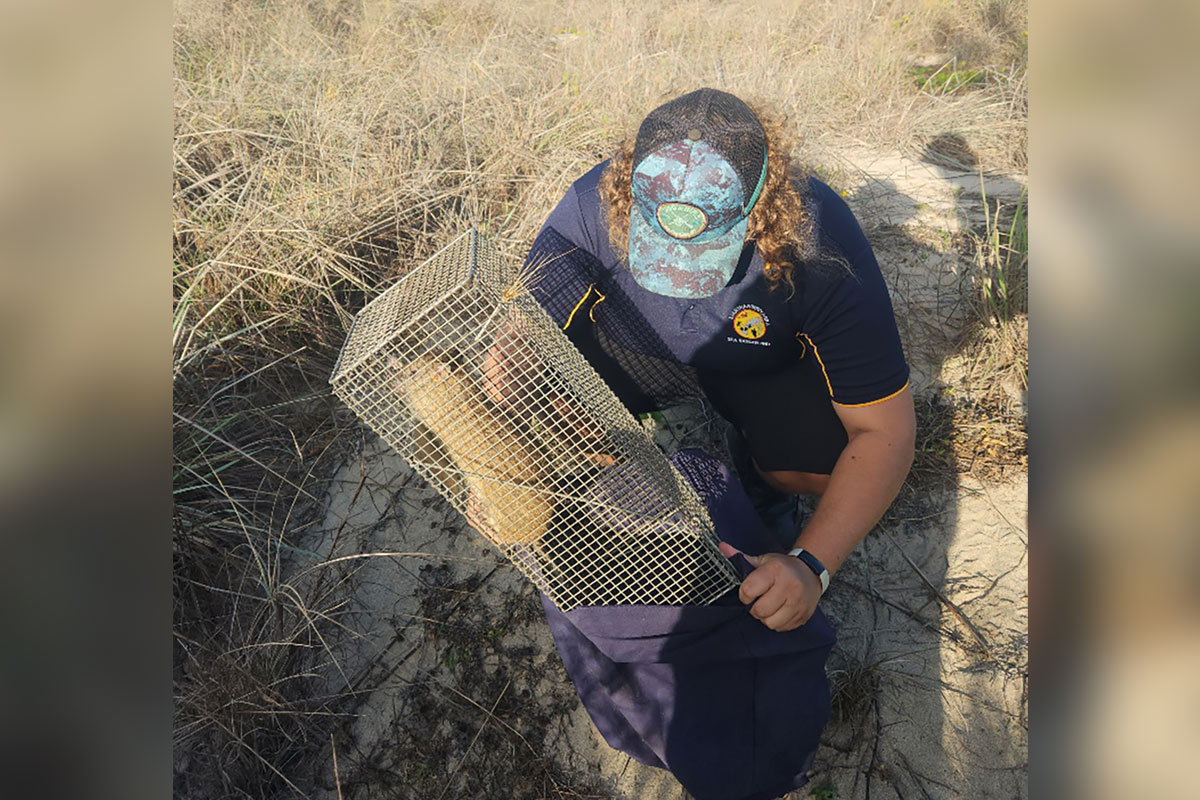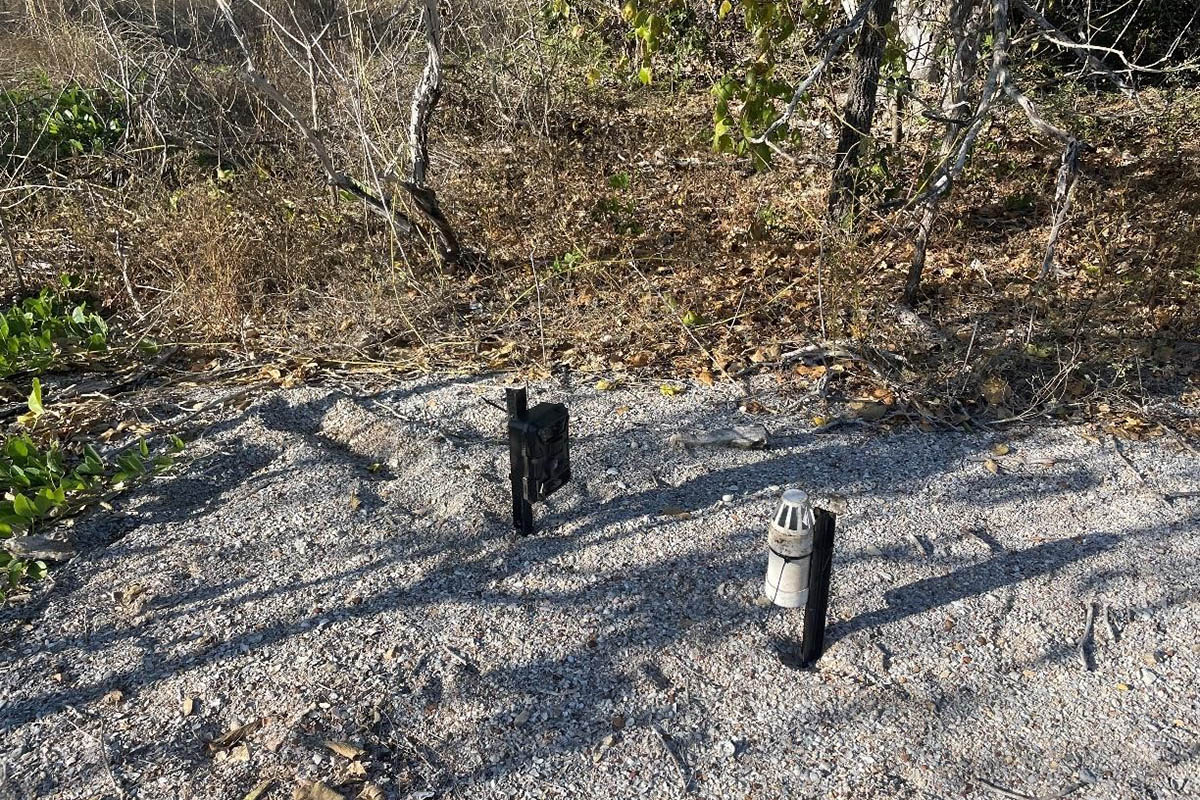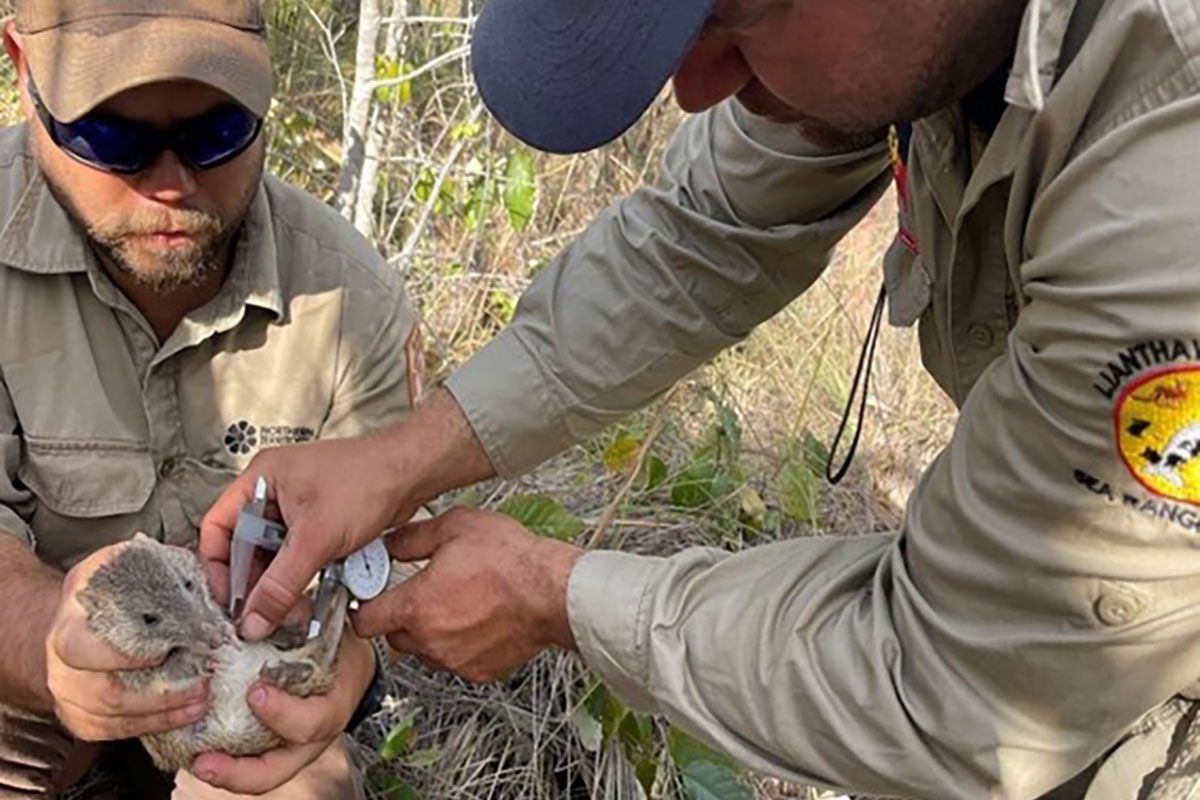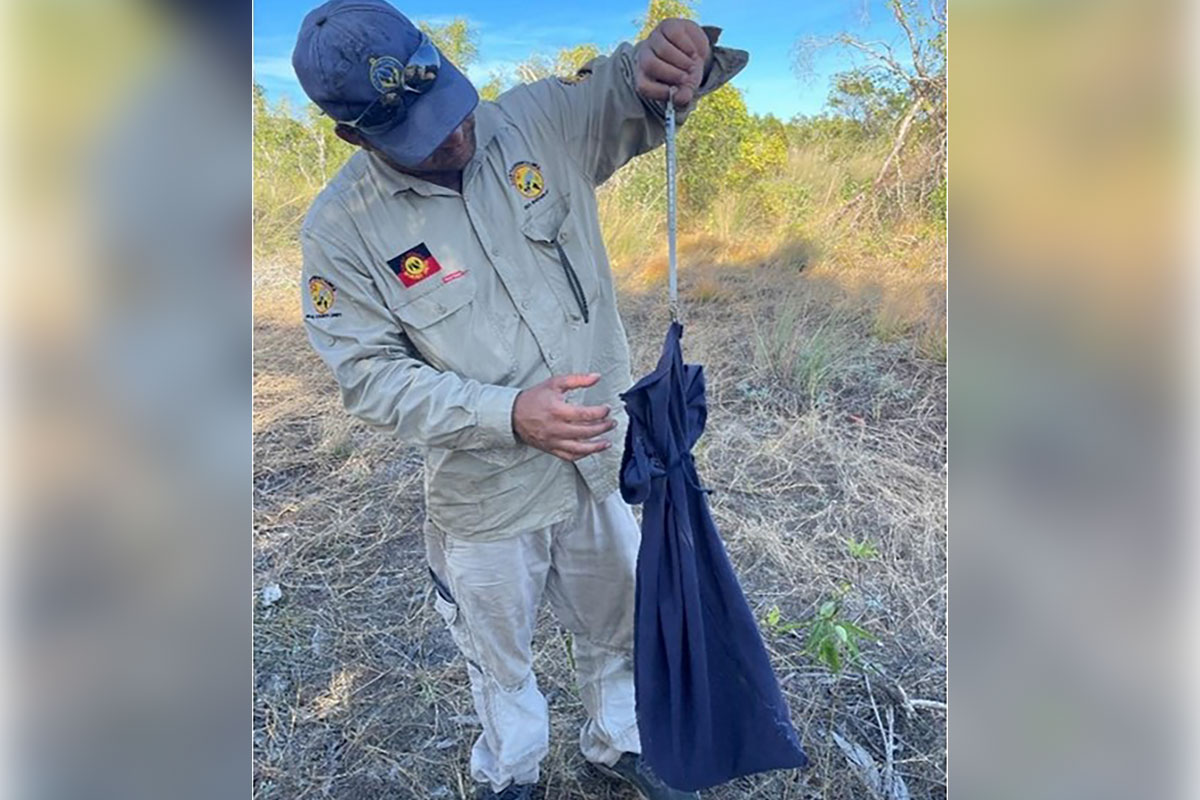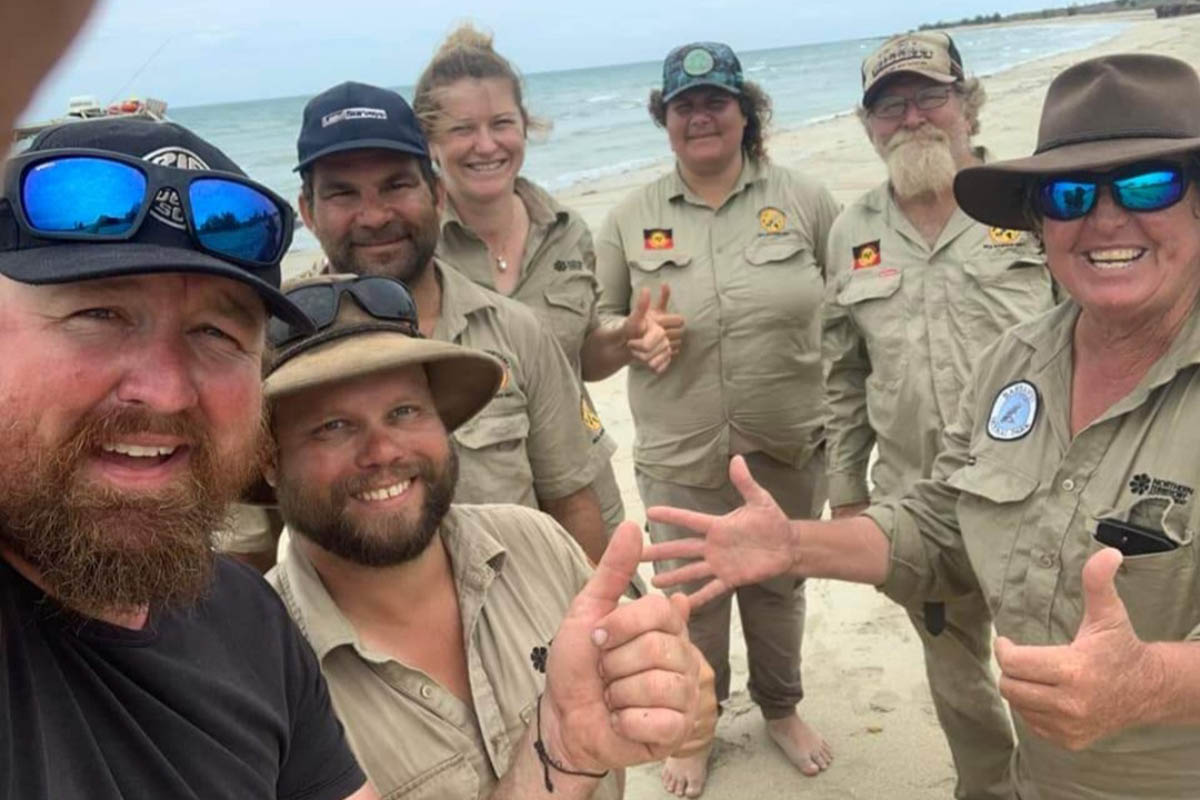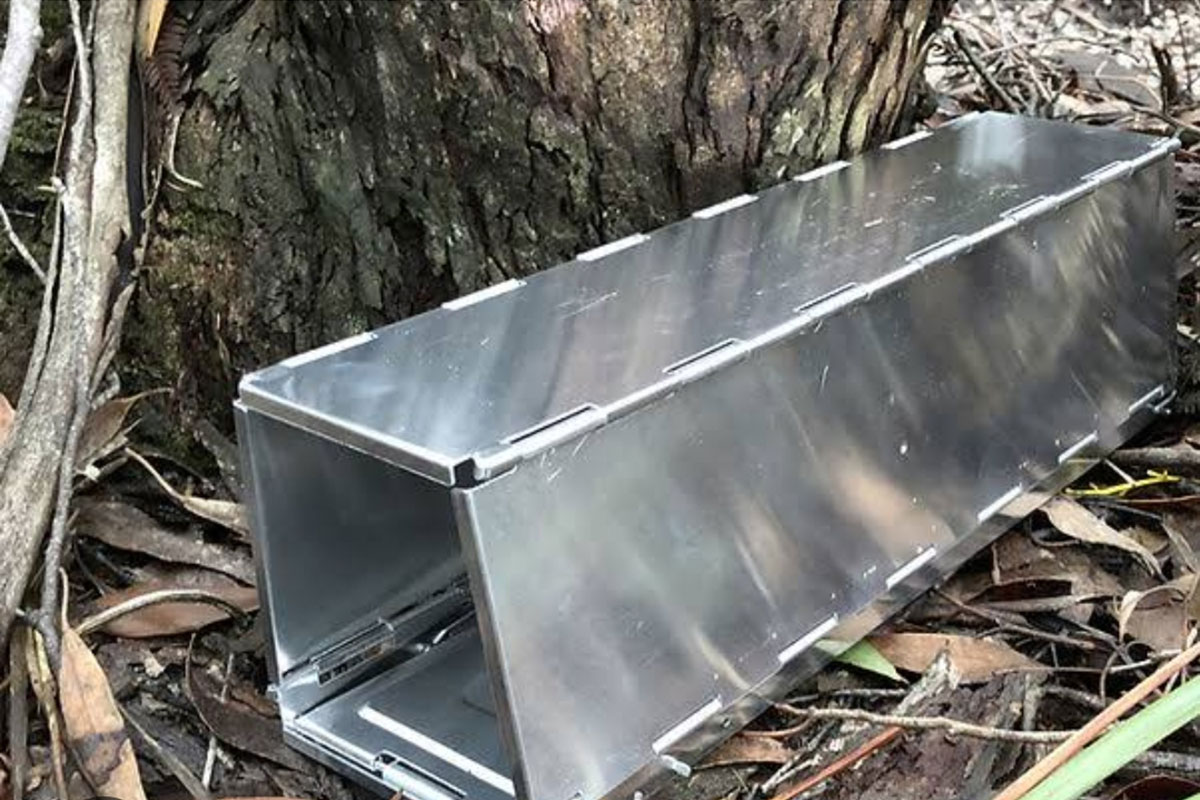Maria Island small mammal survey 2023
Greetings from the Limmen Marine Park in the Gulf of Carpentaria! We're thrilled to share the highlights of our recent 4-night small mammal survey on Maria Island. Collaborating with ecologists from Terrain Ecology in Kangaroo Island, South Australia, rangers from the Li-Anthawirriyarra Sea Ranger Unit, and Parks and Wildlife, our mission was to study the fascinating small mammals that inhabit this unique ecosystem.
Maria Island has had very little survey effort in the past, with the last survey occurring back in 2005 when the Northern Territory (NT) Government and the Li-Anthawirriyarra Sea Rangers surveyed the island.
Maria Island, located in the picturesque NT, is not only a haven of natural beauty but also a sanctuary for an array of unique wildlife species. Among its hidden inhabitants is the elusive bandicoot, a small marsupial that has captured the attention of researchers and conservationists alike.
Survey focus and goals
Our team embarked on this survey with the aim of studying the population dynamics of various small mammal species on Maria Island. Our main targets included the Carpentarian antechinus, common rock-rats, and the long-haired rock-rat. These creatures hold valuable insights into the island's ecological health and biodiversity.
There was no quad available for the survey, so fauna sites could only be accessed by foot. It was decided to condense all trapping effort at one location so that difficult tides could be avoided to access trapping sites.
Abundance of northern brown bandicoot (Isodon macrourus)
Surprisingly, the star of this survey turned out to be the northern brown bandicoot, which was found to be in abundance across various habitats on the island. This unexpected find adds to our understanding of the ecosystem's dynamics and provides valuable data for future conservation efforts.
Bandicoots are known for their inquisitive behaviour, often foraging for insects, fruits, and seeds during the night. With their distinct pointed snouts and sharp claws, these nocturnal creatures leave a trail of shallow holes and burrows across the island's landscape. Despite their relatively small size, bandicoots play a crucial role in maintaining the health of the ecosystem by aiding in seed dispersal and controlling insect populations.
Trapping techniques
To capture these elusive creatures, we employed a combination of Elliott and wire cage traps. These traps were strategically placed in diverse habitats, including sand dunes, rocky ridges, and open woodlands. Our dedicated team diligently checked and reset the traps every morning and evening, ensuring the safety and welfare of the animals.
Animals captured were transferred into catch bags, identified, weighed and morphometric measurements were taken. DNA samples were taken by removing a small amount of ear tissue which was placed into ethanol in sample tubes. Tracks and signs of all animals were recorded incidentally on the survey and all bird and reptile species observed were identified and recorded where possible.
All field data were entered onto a field iPad into the Fulcrum field data app and will be submitted to the NT fauna atlas.
Trail cameras
In addition to trapping, we set up trail cameras to monitor the activity of the small mammals over an extended period of three months. These cameras provided us with a unique glimpse into the lives and behaviours of these creatures, offering invaluable insights into their daily routines and interactions.
Collaborative efforts
This survey wouldn't have been possible without the collaborative spirit of ecologists, rangers, and experts from various regions. The combined expertise of the Terrain Ecology team from Kangaroo Island SA, the Li-Anthawirriyarra Sea Ranger Unit, and the Parks and Wildlife rangers played a pivotal role in the success of this endeavour.
Future directions
The data collected during this survey will be analysed and studied further, contributing to ongoing research efforts and conservation strategies. As we delve deeper into the findings, we hope to unravel the intricacies of these small mammal species and their roles within the ecosystem.
As a relatively large predator-free island, the island could become a very important refuge for several endangered Top End faunal species which are under threat from feral cats and inappropriate fire regimes in most of their current and former range. The species of note which potentially could be introduced to Maria Island in the future are the brush-tailed rabbit-rat (Conilurus penicillatus) and northern brush-tailed phascogale (Phascogale pirate).
We extend our heartfelt gratitude to everyone involved in making this survey a reality. Your dedication and passion for preserving and understanding our natural world are truly commendable. Stay tuned for more updates as we continue to unravel the mysteries of Maria Island's small mammals!




